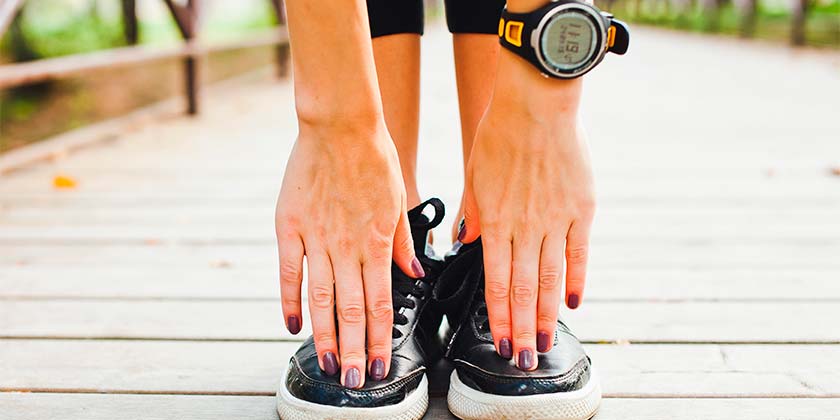Should runners stretch?

Many runners, health professionals and coaches talk about the importance of stretching. However, for many runners, stretching can be time consuming, potentially uncomfortable and quite often the least interesting part of a training session. So then, why should we stretch?
Anthony Ingram from Grand Stand Sports Injury Clinic believes that stretching is important for all runners, however stretching should not be thought of as purely a preventive method to injury.
Anthony goes on to explain that much has been made of the importance of stretching, usually under the guise of injury prevention. However, there is increasing evidence that shows stretching itself does not reduce injury rates. Runners need to educate themselves to understand the benefits of incorporating stretching into their training sessions.
Anthony states, quite simply, stretching has two main purposes: firstly, to prepare you for your run and secondly, to prepare you for your next run.
How to run efficiently
To run efficiently, says Anthony, we must maintain a good range of motion in our joints. Unfortunately, for some of us, our working environment is anything but helpful in maintaining this range. If you spend a large portion of your day sitting, it is likely that you will develop tight hip flexors and a stiff upper back.
Tight hip flexors and a stiff upper back will negatively affect your running stride and make you work harder to maintain a balanced and easy stride. Anthony advises that if we stretch these muscle groups prior to starting our run we can undo some of the affects caused by sitting at a desk and make our run more effortless and enjoyable.
Stretching a muscle has also been shown to increase blood flow, priming and preparing that muscle for the work it is about to complete. The increase in blood flow provides heat to the muscle and the warmth from the circulating blood can make the surrounding connective tissue more flexible.
Improves your nervous system
Anthony suggests that stretching may also improve your nervous system, making muscles work more efficiently and improving proprioception.
Prior to running, stretching is performed best after a gentle warm up to raise the heart rate. Stretching should take the form of gentle rhythmic and dynamic stretches, slowly increasing your range of motion as the muscles warm up. Simple leg swings work well here, as do toe touches and arm swings. Once you feel limber, you are ready to start your run.
Stretching after your run is an effective way to return your muscles to their normal length. If you consider that during a 5km run, each of your muscles may contract over one thousand times; it is not hard to imagine that your muscles may not be as long as they were when you started. This tightness may be felt in trigger points (localised areas of muscle spasm) that are more obvious after exercise. Stretching after your run aims to allow the muscle to relax back to its normal length and prepare it for its next challenge.
The increased blood flow from stretching, post run, is an easy way to help flush the waste products of energy utilisation from the muscles themselves. Anthony advises that you should be able to identify any potential problems in your body by noticing areas that are tighter, or more painful than usual. This awareness to your body may help you address these areas before injuries occur.
After your run
After your run, Anthony suggests undertaking slow static stretching; applying the stretch to the target muscle and holding it in this position. Picture the muscle giving way like plasticine as you relax into an easy breathing pattern. As the muscle elongates, take up the slack, keeping constant tension on the muscle for at least one minute.
Anthony concludes that if you are going to commit time to stretching, choose to do it appropriately so that it is most beneficial to you. Choose your stretch carefully, in both the timing and the type of stretch, to maximise the outcome and not just to prevent injury.
17 Jun 2016